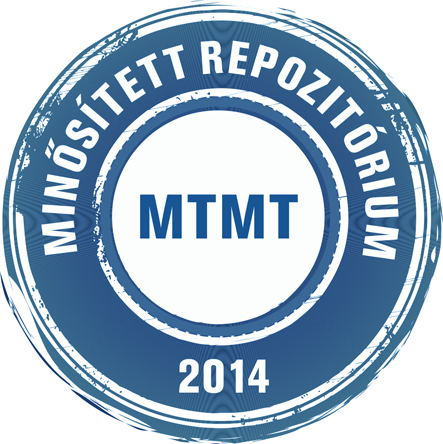Haris, Attila és Józan, Zsolt és Schmidt, Péter és Glemba, Gábor és Tomozii, Bogdan és Csóka, György és Csókáné Hirka, Anikó és Šima, Peter és Tóth, Sándor (2025) Climate Change Influences on Central European Insect Fauna over the Last 50 Years: Mediterranean Influx and Non-Native Species. ECOLOGIES, 6 (1). ISSN 2673-4133
|
Szöveg
ecologies-06-00016.pdf Download (28MB) |
Absztrakt (kivonat)
The Central European fauna, in the last decades, has been undergoing a strong transformation due to four main factors: the retreat of living organisms that require cool and wet habitats, the proliferation of organisms that thrive in warm and dry conditions, the northward migration of Mediterranean organisms, and the gradual establishment of plants and animals with tropical origins. In this study, we detail the changes in the orders Diptera, Hymenoptera, and Lepidoptera and analyze the establishment of non native insects and the northward migration of Mediterranean insect species. The transformation towards a Mediterranean-type fauna is prominently indicated by the population in total abundance increase of xerothermic Aculeata, bee flies (Bombyliidae), and horse flies (Tabanidae). Additionally, groups that require cool and wet ecological conditions, particularly hoverflies (Syrphidae), but also sawflies (Tenthredinidae) and tachinid flies (Tachinidae), have shown a notable decline. In nocturnal moths, we observe a decrease in species richness in certain areas, as well as frequent outbreaks in populations of some less climate-sensitive species. Some species of butterflies are less sensitive to the current extent of climate change, exhibiting significant population in total abundance growth under protected conditions. However, most of the previously sporadic and rare butterfly species have proven to be climate-sensitive, unable to achieve significant population in abundance growth even under strict nature conservation. In recent decades, the influx from Mediterranean regions and the establishment of tropical non native insect species have turned at an exponential rate. We have reviewed the presence of alien insect species, recording 803 alien insect species in our region; 298 of them have arrived in the past quarter-century, with a significant proportion (54%) originating from tropical and Mediterranean regions.
Tudományterület / tudományág
agrártudományok > erdészeti és vadgazdálkodási tudományok
Kar
Nem releváns
Intézmény
Soproni Egyetem
| Mű tipusa: | Cikk |
|---|---|
| SWORD Depositor: | Teszt Sword |
| Felhasználó: | Csaba Horváth |
| A mű MTMT azonosítója: | MTMT:35760238 |
| Dátum: | 17 Már 2025 14:18 |
| Utolsó módosítás: | 17 Már 2025 14:18 |
| URI: | http://publicatio.uni-sopron.hu/id/eprint/3477 |
Actions (login required)
 |
Tétel nézet |


 Repozitóriumi letöltési statisztika
Repozitóriumi letöltési statisztika Repozitóriumi letöltési statisztika
Repozitóriumi letöltési statisztika
